Expert Guide to the Comprehensive Value of Freshwater Pearls

Freshwater pearls have a rich and intriguing history that spans centuries.
These lustrous gems have been treasured by civilizations worldwide during ancient times.
From their origins in mollusks to their discovery in riverbeds and lakes, we will uncover the captivating journey of freshwater pearls through time.

But what truly makes freshwater pearls so enchanting?
The allure lies in their unique and natural beauty.
Unlike their saltwater counterparts, freshwater pearls exhibit an array of mesmerizing colors, shapes, and sizes.
Their versatility in jewellery design and affordability have made them popular among adornment enthusiasts and collectors.
Let’s know more about freshwater pearls, from their fascinating history to the undeniable charm that continues to captivate the hearts of many.
Whether you are an avid pearl enthusiast or a curious learner, this guide promises to provide an in-depth understanding of the comprehensive value of freshwater pearls.
Understanding Freshwater Pearls
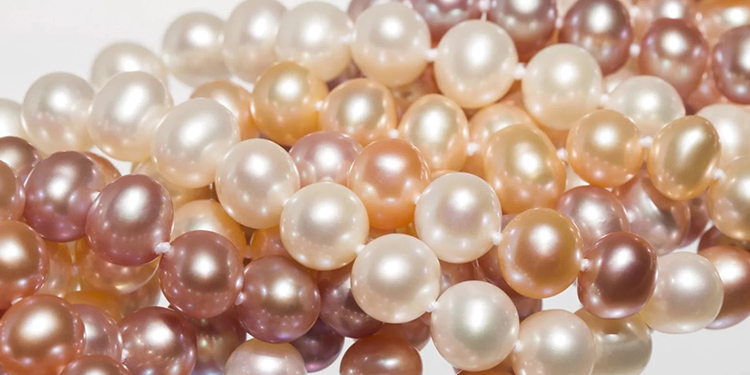
Freshwater pearls are exquisite gems that have captured the attention of jewellery enthusiasts and connoisseurs worldwide.
But what exactly are freshwater pearls, and how do they differ from their saltwater counterparts?
Let's delve into the fascinating world of these alluring gems.
What Are Freshwater Pearls?
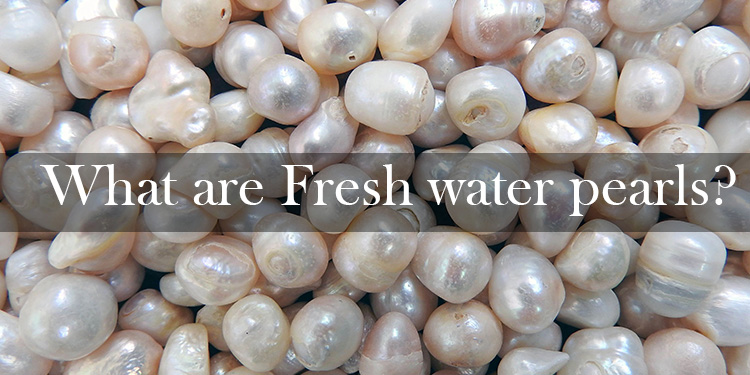
Freshwater pearls are natural gems formed inside freshwater mussels, mollusks inhabiting lakes, rivers, and ponds.
These pearls are created when an irritant, such as a tiny piece of sand or a parasite, enters the mussel's soft tissue.
In response, the mussel secretes layers of nacre, a combination of aragonite and conchiolin, to coat the irritant and form a pearl.
How Do Freshwater Pearls Form?
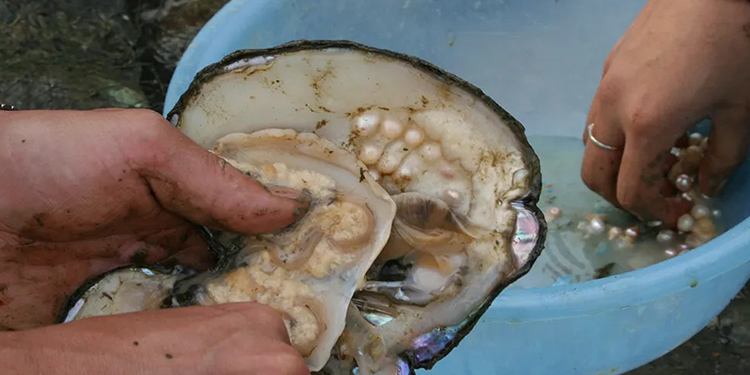
The process of pearl formation, known as nucleation, occurs when a skilled technician carefully inserts a small piece of mantle tissue from one mussel into another.
This process stimulates the pearl formation process; the mussel creates a pearl around the inserted tissue over time.
Differences Between Freshwater Pearls and Saltwater Pearls
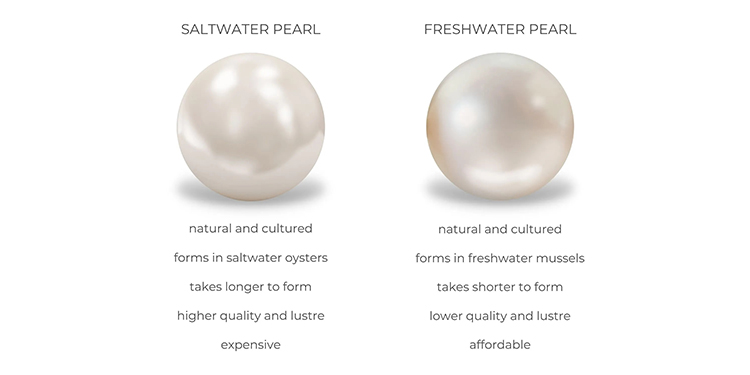
Freshwater pearls and saltwater pearls vary in several aspects.
Firstly, their origin differs; as mentioned, freshwater pearls come from mussels in freshwater bodies, while saltwater pearls are produced by oysters in saline environments like oceans and seas.
Secondly, the growth patterns vary.
Freshwater pearls tend to form irregular shapes and can be more varied in colors, including white, pink, lavender, and more.
Saltwater pearls are generally more symmetrical and often exhibit classic colors like white, black, or golden hues.
Lastly, freshwater pearls are usually more affordable than saltwater pearls due to their different cultivation techniques and availability.
Factors Influencing Freshwater Pearl Value
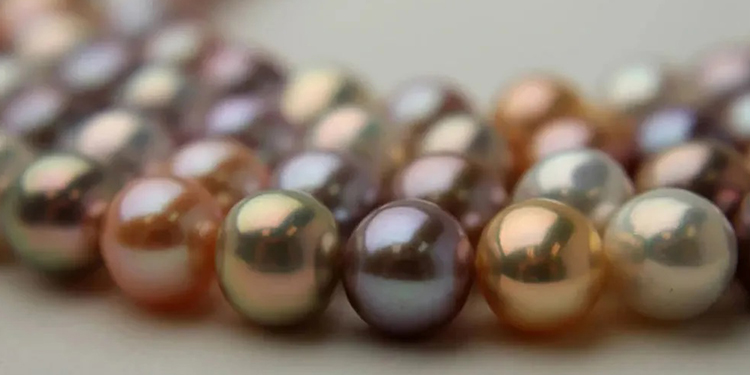
When evaluating the value of freshwater pearls, several factors play a vital role in evaluating their worth.
Understanding these factors is essential for buyers and sellers to make informed decisions in the pearl market.
Size Does Matter: The Impact of Pearl Size on Value
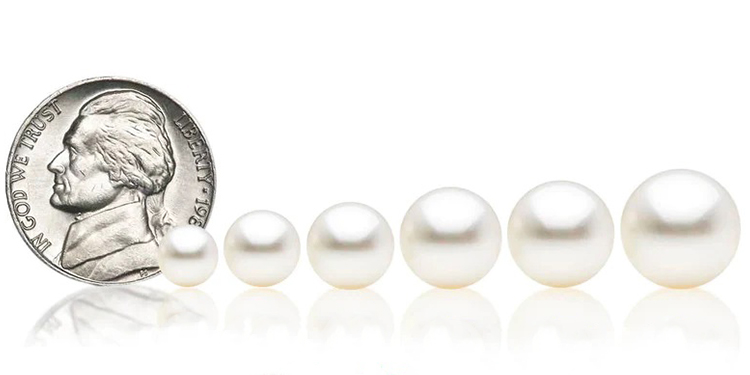
Size is one of the most apparent factors affecting the value of freshwater pearls.
Generally, larger pearls are rarer and more desirable, making them command higher prices in the market.
Size is measured in millimeters; even a slight difference can significantly influence a pearl's value.
However, it's important to note that other factors, such as luster and shape, are vital in determining overall value.
Lustre and Shine: Evaluating Pearl Luster
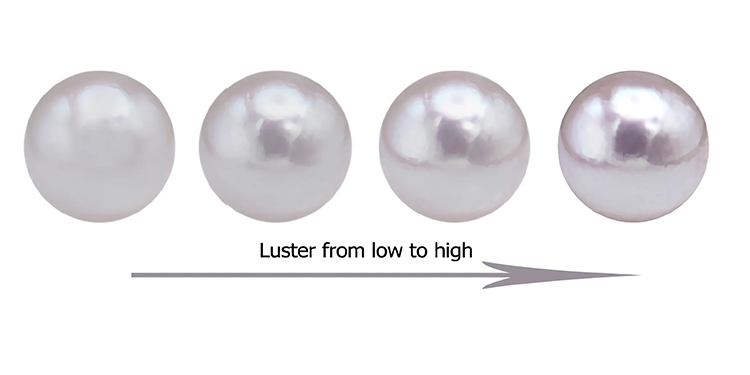
Lustre refers to the reflective quality of a pearl's surface. It is a critical factor in determining a pearl's beauty and value.
High-quality freshwater pearls exhibit a deep, mirror-like luster, which creates a captivating play of light on the surface.
Pearls with poor luster may appear dull and lackluster, leading to a decrease in their value.
The Role of Shape in Determining Value
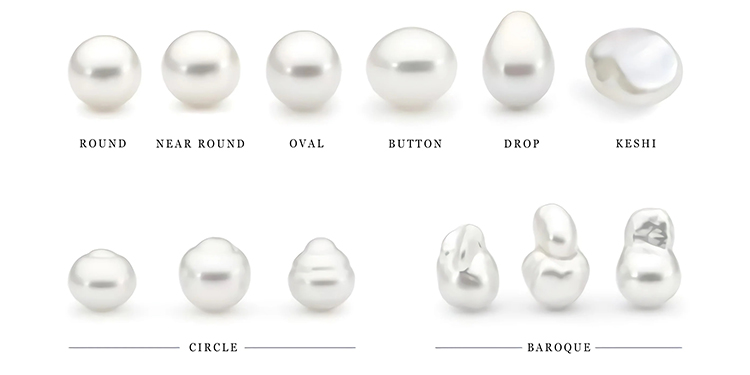
The shape of a freshwater pearl can significantly impact its value.
Perfectly round pearls are the most desirable and valuable shape.
However, freshwater pearls come in various shapes, including semi-round, oval, button, drop, and baroque.
While round pearls are highly sought after, other symmetrical and well-formed shapes can also hold considerable value based on their appeal.
Color Spectrum: Assessing Pearl Color and Rarity

Pearls come in various colors, and their rarity greatly influences their value.
Specific colors, such as white, cream, and pastel hues, are more common, while rarer colors, like pink, lavender, and metallic overtones, are highly prized.
The color should be even and consistent throughout the pearl, with no blemishes or spots that could diminish its value.
Grading and Classification of Freshwater Pearls
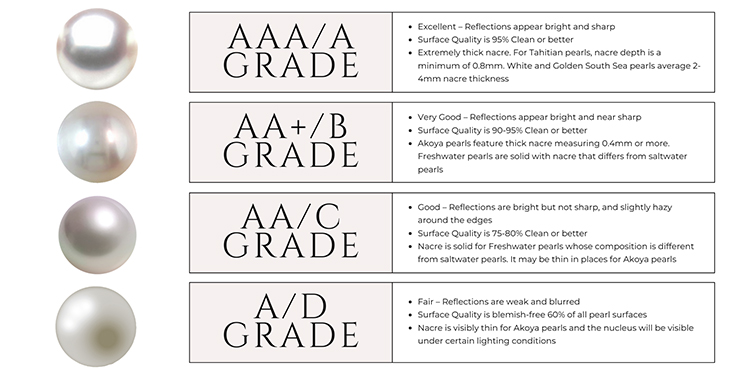
When assessing the quality of freshwater pearls, a grading system is employed to determine their overall worth.
The grading system typically consists of three main categories: A, AA, and AAA.
These letters represent ascending levels of quality, with AAA being the highest grade, showcasing pearls with superior luster, surface quality, shape, and size.
Beyond the AAA grade, some exceptional pearls may receive additional A's to denote their extraordinary attributes.
It is essential to understand the distinction between natural and cultured freshwater pearls.
Natural pearls occur spontaneously in mollusks, whereas cultured pearls are intentionally grown with the aid of humans.
Although natural pearls are rare, cultured freshwater pearls are more accessible and widely available.
Recognizing the signs distinguishing them from genuine freshwater pearls is crucial.
Imitations may include plastic or glass beads, while natural pearls feel calm and have a unique, slightly gritty surface texture.
Appraising Freshwater Pearls
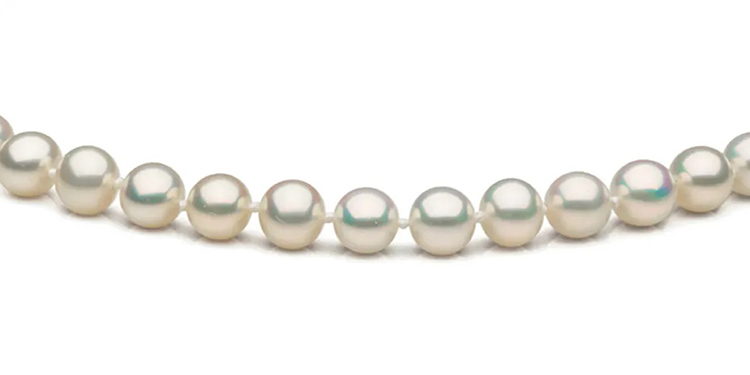
This can be a complex and crucial process in determining their actual value.
Let's unravel the critical steps involved in this intricate procedure.
The Appraisal Process begins with thoroughly examining the pearls' physical characteristics.
A professional appraiser assesses size, shape, color, luster, surface quality, and nacre thickness.
These elements significantly impact the pearl's overall value and desirability.
Working with Professional Pearl Appraisers is essential to ensure accuracy and authenticity.
Qualified appraisers possess expert knowledge and experience in evaluating pearls.
They can provide an unbiased assessment and offer insights into market trends and industry standards.
Market Trends and Price Fluctuations play a vital role in appraising freshwater pearls.
The value of pearls can fluctuate over time due to factors like demand, supply, and current fashion trends.
Knowing these market dynamics helps appraisers arrive at a fair and up-to-date valuation.
Pearl Harvesting and Cultivation Techniques

Pearl cultivation is an intricate and captivating process that has enabled the world to appreciate the beauty of freshwater pearls.
Understanding the techniques behind pearl cultivation sheds light on the meticulous efforts that go into producing these stunning gems.
The process of pearl cultivation begins by inserting small nuclei, often made from mussel shells or mother-of-pearl, into the soft tissue of freshwater mussels.
Over time, these mussels coat the nuclei with layers of nacre, the same iridescent substance that forms natural pearls.
To ensure the success of the cultivation process, pearl farmers employ careful husbandry practices.
Maintaining optimal water quality and providing suitable food sources are important growth of the mussels and the quality of the pearls they produce.
Farmers also monitor the temperature and nutrient levels in the water, ensuring the ideal conditions for pearl formation.
The Environmental Impact of Freshwater Pearl Farming
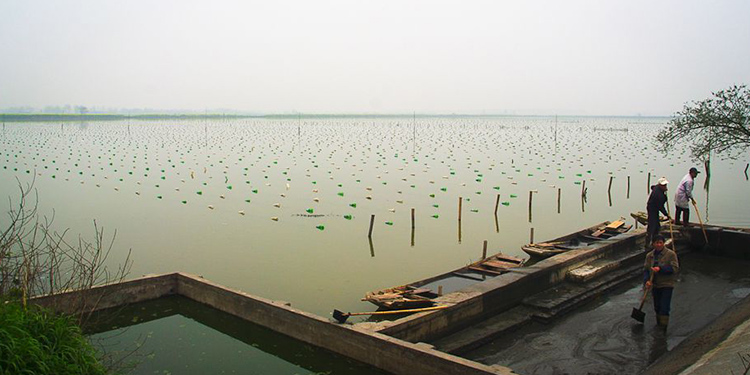
While pearl farming offers a sustainable alternative to harvesting wild pearls, it is essential to consider its environmental impact.
Pearl farming can have both positive and negative effects on the ecosystem.
On the positive side, pearl farming provides an economic incentive to protect natural water bodies and their surrounding environments.
Many pearl farms operate harmoniously with their ecosystems, promoting responsible water management and conservation efforts.
However, some pearl farms may contribute to water pollution and habitat degradation if not properly managed.
Discharge of waste, excess nutrients, and chemical usage are potential concerns that could affect aquatic life and water quality.
Sustainable farming practices and stringent environmental regulations are necessary to address these issues.
By adopting eco-friendly techniques, such as recycling water, using organic feed, and monitoring waste discharge, the environmental impact of freshwater pearl farming can be minimized.
Summary
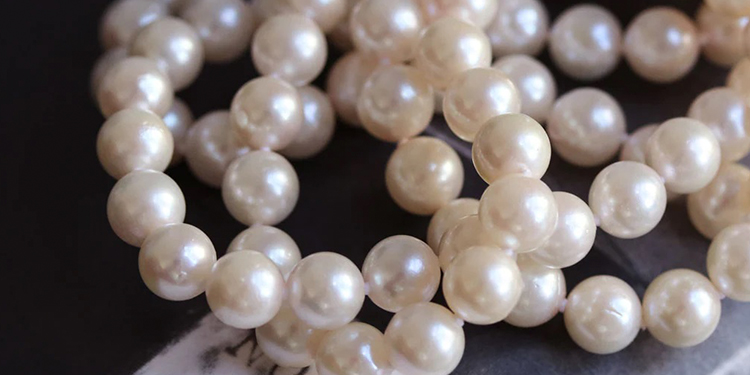
Discover the timeless allure of freshwater pearls in this expert guide.
From their ancient history to the captivating journey of cultivation, explore the factors influencing their value and the appraisal process.
Gain insights into the environmental impact of pearl farming and learn about sustainable practices.
Unveil the comprehensive value of these lustrous gems, from their unique beauty to their significance in the world of adornments.
Whether a pearl enthusiast or a curious learner, this guide offers detailed knowledge of the captivating world of freshwater pearls.
FAQs About Freshwater Pearls
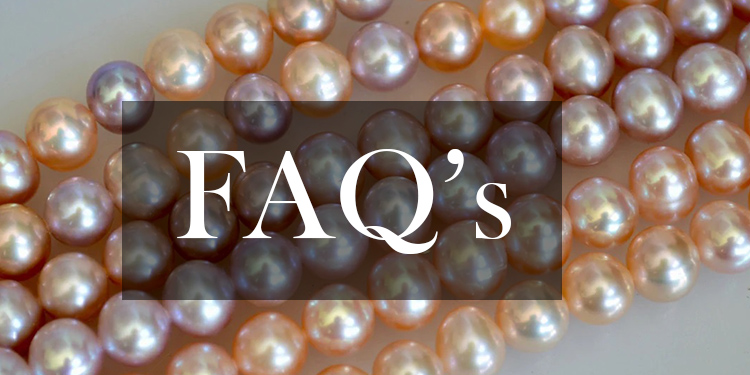
What Makes Freshwater Pearls Different from Other Pearls?
Freshwater pearls differ from other pearls in their origin, as they are formed in freshwater mussels rather than saltwater oysters.
They boast diverse colors, shapes, and sizes, making them more affordable and versatile for jewellery designs.
Are Freshwater Pearls Valuable?
Yes, freshwater pearls can be valuable.
While they are generally more affordable than saltwater pearls, their unique beauty, and increasing popularity have led to a rise in their value in the jewellery market.
How Do I Determine the Authenticity of Freshwater Pearls?
Look for lustrous surfaces, irregular shapes, and varying sizes to authenticate freshwater pearls.
Genuine pearls feel cool to the touch and have a slightly gritty texture.
Consult a reputable jeweller or use X-ray testing for further confirmation.
What Is the Best Way to Clean and Maintain Freshwater Pearls?
To clean and maintain freshwater pearls, use a soft, damp cloth to gently wipe off dirt and sweat after wearing.
Avoid harsh chemicals, ultrasonic cleaners, or steam, as they may damage the pearls' surface.
Store pearls separately in a soft pouch to prevent scratching.


Leave a Comment